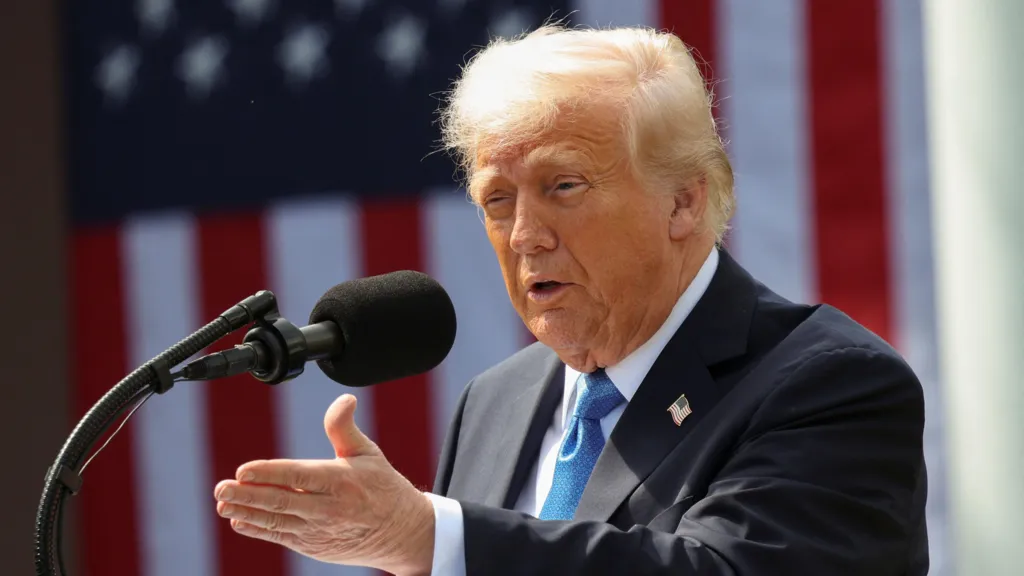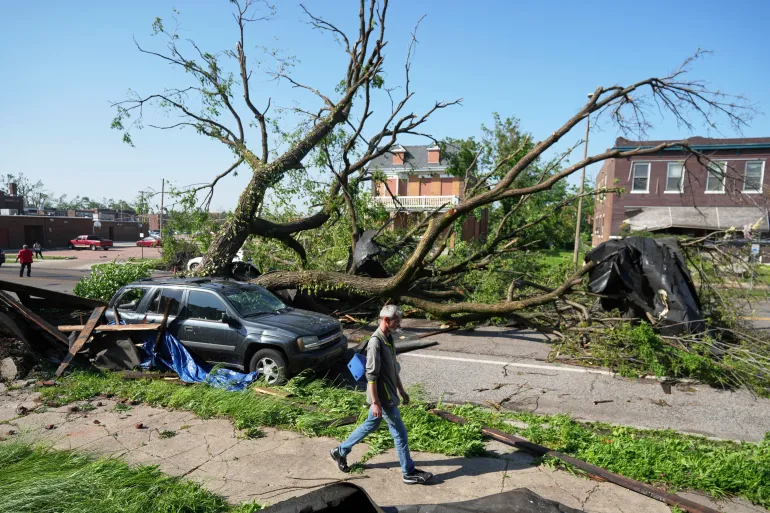In a major legal victory for former President Donald Trump and his allies, a U.S. federal appeals court has reinstated a controversial executive order that imposes strict limits on the activities and bargaining power of federal worker unions. The ruling paves the way for the full implementation of policies first introduced during Trump’s presidency and signals a potential shift in labor relations across federal agencies.
The decision, handed down on Friday by the U.S. Court of Appeals for the D.C. Circuit, overturns a lower court’s earlier injunction that had blocked the executive order on constitutional grounds. The court found that the president has broad authority to manage federal employment and that the order did not infringe upon union rights protected by law.
The executive order, originally signed in 2018 and revived under Trump’s second-term policy platform, restricts how much paid time union representatives can spend on labor-related activities, shortens timelines for disciplinary actions, and limits the issues that can be raised during collective bargaining. Critics argue it severely undermines unions’ ability to advocate for federal employees and erodes due process protections for workers.
“The court’s decision is a vindication of our efforts to restore accountability and efficiency to the federal workforce,” said Stephen Miller, a senior Trump adviser and one of the architects of the order. “Federal unions have long operated as a law unto themselves, shielding underperformers and obstructing necessary reforms.”
Labor organizations, however, reacted with outrage. The American Federation of Government Employees (AFGE), the largest union representing federal workers, called the ruling “a direct attack on the rights of public servants.”
“This decision empowers the White House to silence unions and dismantle decades of progress in protecting federal workers from political retaliation and arbitrary firings,” said AFGE National President Everett Kelley. “We will continue to fight this in every legal and legislative avenue available.”
The Biden administration, which had allowed parts of the order to remain dormant, now faces pressure to formally rescind the policy or seek legislative action to protect union rights. However, with a divided Congress and ongoing challenges to Biden’s legislative agenda, such efforts may face uphill battles.
Legal experts say the ruling could have significant ripple effects on federal labor practices. “This establishes precedent for executive overreach into labor policy under the guise of administrative reform,” said labor law professor Charlotte Garden from the University of Minnesota. “It opens the door for future administrations to further curtail collective bargaining rights.”
The ruling also comes amid broader national debates over union influence and public sector accountability. Republican lawmakers hailed the decision as a blow to “unaccountable bureaucracies” while Democratic leaders warned that it weakens protections for whistleblowers and erodes morale among public employees.
In practical terms, federal agencies are now expected to re-implement the provisions of the executive order within 60 days. That includes reducing the amount of “official time” available for union activity—paid hours union representatives can use to address grievances and represent workers—down to a strict cap. Agencies will also regain broader authority to expedite disciplinary procedures and performance-based terminations.
For many federal employees, the effects will be felt immediately. Union reps may have to curtail office visits, negotiations, and advocacy roles, while agencies are expected to enforce stricter codes of conduct with fewer procedural safeguards.
“This isn’t just about unions,” said one federal worker who requested anonymity for fear of retaliation. “It’s about whether civil servants can do their jobs without political interference or fear of punishment.”
The appeals court ruling is widely viewed as part of a broader strategy by Trump-aligned conservatives to reshape the federal bureaucracy and limit the power of organized labor. With the 2026 midterm elections on the horizon and the potential return of Trump to office, the ruling provides momentum for further efforts to consolidate executive control over the civil service.
As the legal dust settles, labor advocates are vowing to fight back—both in the courts and at the ballot box. But for now, the decision stands as a potent reminder of the judiciary’s role in shaping the balance of power between the executive branch and the workers who serve it.
Source: Politico



